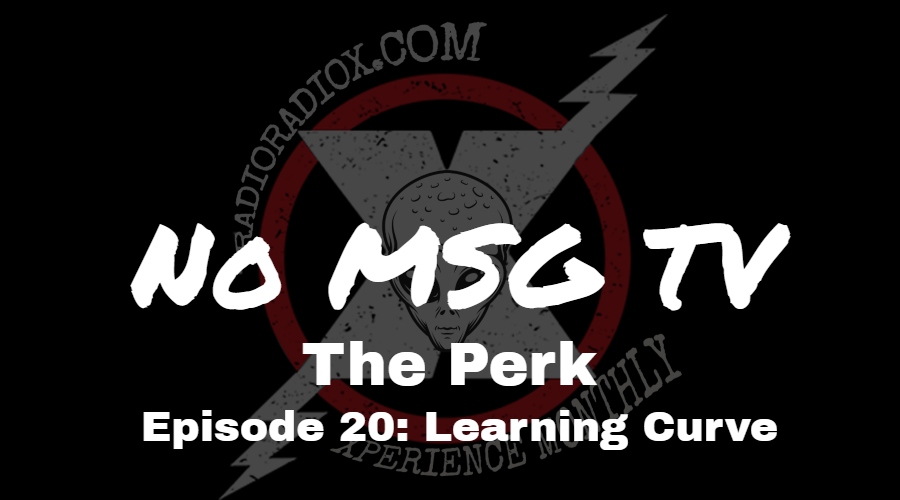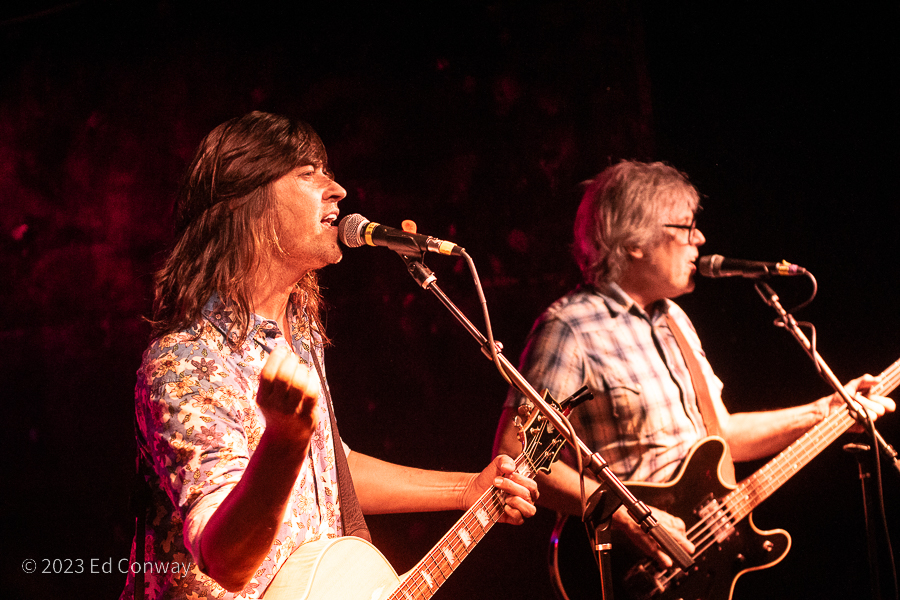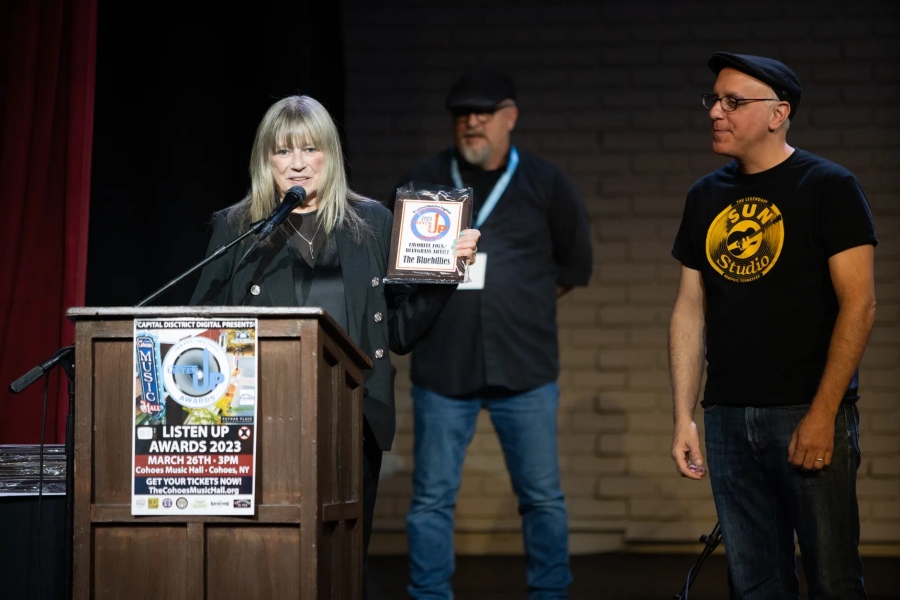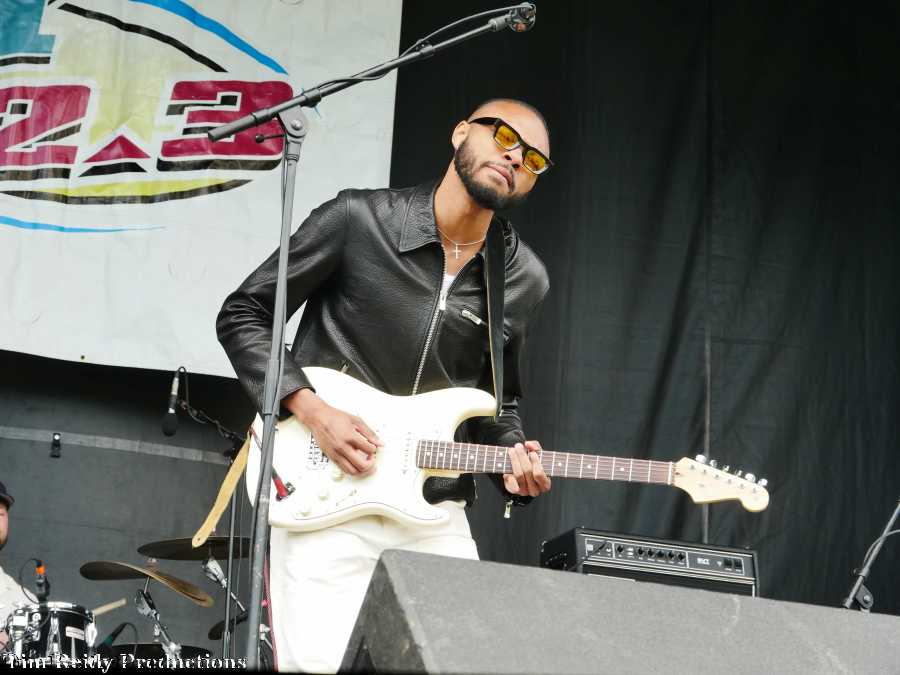Techno – Escape – an article by Liam Sweeny
By Staff on May 17, 2023
A Roland TR-909. Its gravitas surged through the cardboard box that carried it. In the days before YouTube celebrities whet the consumer whistle with unboxing videos, young Detroit musician Juan Atkins pulled out a folding knife and carefully sliced open the seam of the box to an audience of one. If the history of techno music, the genre of it, is to be recorded, the record button should be pressed here.
Techno, for any who have heard it walking by the door of a club, or in the background of a detective drama, may come off as a cold, robotic, industrial sounding music, maybe what our future AI overlords might jam out to. But the story of techno, the point of origin and why it came to exist, is no different than any of the music you may be more familiar with. The birth of techno is a story about an American city and a European country both trapped by forces bigger than them, both looking for an escape.
Germany. In the 70s and 80s, a nation split against itself, with a past it was desperate to get rid of, separated from its millennia of tradition by a dark chasm. Helpless, encased and made frigid as the epicenter of the Cold War. Techno didn’t start here, but Germany thirsted for the future, thirsted to escape the past. And for the band Kraftwerk, that future was a machine called a synthesizer, a machine that, with the press of a button, could emulate a symphony… or at least a functioning drumbeat.
Kraftwerk played electronic music live in the seventies. They played a crude form of EDM, which seems like a new term or genre, but is really just an umbrella term for any kind of electronic music. So they played EDM, which back then had been coined “electro,” a proto-genre of what would be called techno.
So we rack up some frequent flier miles and we find ourselves back in Detroit, with Juan Atkins, who, having heard many interesting bands, including Kraftwerk, on local radio show Electrifying Mojo, gathered up Derrick May and Kevin Saunderson to form “The Bellville Three.” They would be pioneers, first by recording a song that most music sages would label the first true “techno” song, “No UFOs.”
Detroit was just as trapped as Germany, but of course in a different way. It was a city renowned for its industry, not necessarily its beauty. Pollution, smog – living under the iron of the assembly lines led to a certain flavor of disdain and depression. For a child of musicians, for a kid that read Alvin Toffler’s seminal book “Future Shock,” there had to be something more.
Aside from the industrial leftovers of the world’s automotive powerhouse, there was a sound in Detroit; Berry Gordy’s Motown had incorporated the factory ethos into creating chart-topping hits. But Atkins and co. wanted to escape that as well.
When members of The Bellville three reflected on the Electro music coming out of Europe, Derrick May commented, “it (European electronic music) was just classy and clean, and to us, it was beautiful, like outer space. Living around Detroit, there was so little beauty… everything is an ugly mess in Detroit, and so we were attracted to this music. It, like, ignited our imagination!”
It’s not to say that this was a simple transcontinental spark. Atkins, in fact all of the techno pioneers, were influenced by a music called Chicago House, which is halfway, musically, between techno and funk and disco, both of which were also an influence on the burgeoning genre.
The Detroit techno sound would go back to Germany, and then Britain, and Belgium, and throughout Europe, it exploded, far more than it did here. And across the Atlantic, each scene influenced the other, and continues to do so.
Techno has more descendants than Ghengis Kahn. There’s acid techno, dub techno, trance, hardcore techno, breakbeat, and on and on. A new subgenre just came out as I was writing this. You could get lost, so let’s focus on what makes techno, “techno”?
First off, the obvious: techno is electronic music. It’d be impossible to list all of the equipment or software used, but a lot of techno players favor some old-school gear, like the Roland TR-909 mentioned earlier. Also, its predecessor the TR-808 (both drum machines, by the way,) the Roland TB-303 bassline generator, the Yamaha DX7 keyboard, and the Korg SQD1 sequencer.
Techno uses several techniques that set it apart from other types of music, including frequency filtering, dynamic processing, and dubbing in layers over a loop.
The music itself is in 4/4 time, which, if you don’t know about time signatures, don’t worry. It’s the same time signature as most other music, but going from 120 to 150 beats per minute, it’s fast. You probably know this if you’ve ever heard it. It’s cold and technical, mechanical. Its intent was always to be futuristic.
It also affects people physically. The abstract of a study on the physiological changes brought about by exposure to techno music stated, “Techno-music was associated with a significant increase in heart rate, systolic blood pressure and significant changes in self-rated emotional states.” The study also states, “Listening to techno-music induces changes in neurotransmitters, peptides and hormonal reactions, related to mental state and emotional involvement: personality traits and temperament may influence the wide inter-individual variability in response to music.”
There are some amazing people now and historically that have altered neurotransmitters over the years. Many of us not familiar with techno might not recognize the names to follow, but they are the pioneers and key figures in the genre. It would be worth looking them up if you’re curious. For starters, we have The Belleville Three: Kevin Saunderson, Juan Atkins, & Derrick May, who, as said, essentially created techno as a genre. Then, and in no particular order, we have Adam Beyer and Drumcode Label, veteran Carl Cox, Monika Kruse of Terminal M label, Christian Smith, Pan-Pot, Jeff Mills, Richie Hawtin, a.k.a. Plastikman, Nicole Moudaber, Green Velvet, Amelie Lens and Marco Plex.
Other notable pioneers include Eddie Fowlkes, Blake Baxter, and James Pennington.
Techno is also known for the clubs its performed in. Some of the most famous clubs are Berghain in Berlin, Printworks in London, DC10 Ibiza, Miami’s Club Space, and Womb in Tokyo.
Some might wonder whether it’s fair to credit, as music, anything that involves an electronic machine. The idea that with a simple hand gesture, anyone can produce the sound of a bass string or the hit of a snare makes us question what is the heart of music; the idea or the execution? Maybe both.





 RadioRadioX
RadioRadioX